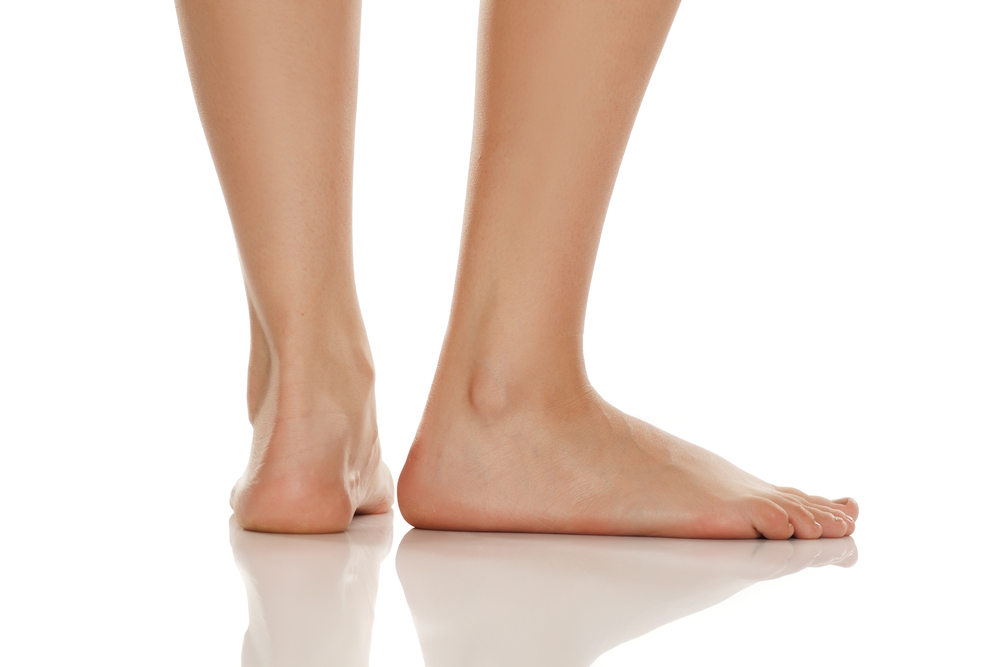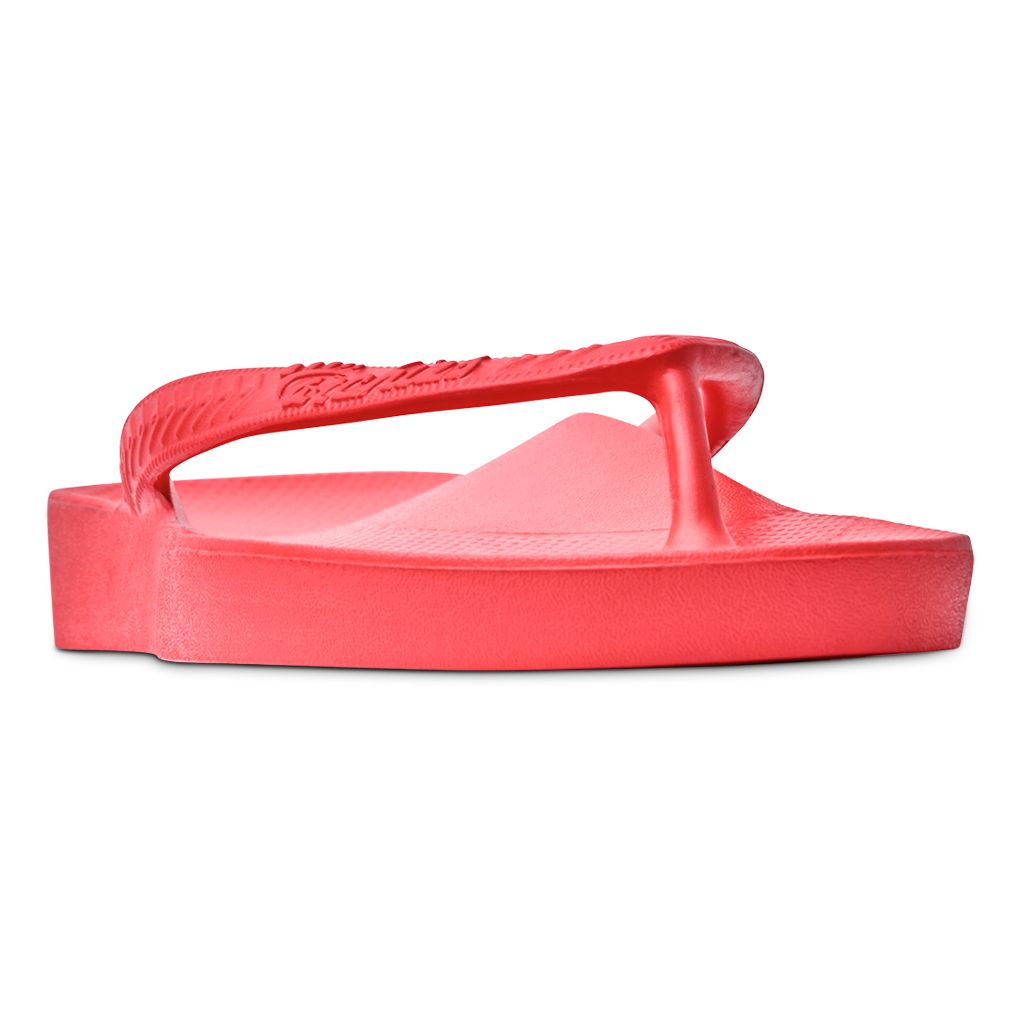Achilles tendinitis is a common condition that affects many people, especially athletes. It causes pain and discomfort in the back of the heel and can limit movement. One treatment option that has gained attention in recent years is the use of heel lifts. Heel lifts are small inserts placed inside shoes to raise the heel, which can help manage the symptoms of Achilles tendinitis. This essay explores the effectiveness of heel lifts in managing Achilles tendinitis by discussing their mechanisms, patient experiences, and weighing the potential benefits against the risks in treatment protocols.
The primary mechanism by which heel lifts work is by changing the load on the Achilles tendon. When a heel lift is placed in the shoe, it reduces the strain on the tendon by decreasing the angle of the ankle. This alteration in angle can help reduce pain and allow for more comfortable movement (Revak et al., 2017). Additionally, heel lifts can help improve the overall biomechanics during physical activity by promoting a more upright posture, which can provide better support to the lower limbs and lessen the risk of further injury (Bourke et al., 2024). Thus, heel lifts can be a non-invasive treatment option that facilitates healing and improves the function of the tendon.
Several studies have evaluated the effectiveness of heel lifts compared to other treatments. For instance, a randomized controlled trial known as the LIFT Trial showed that heel lifts could effectively manage mid-portion Achilles tendinopathy (Bourke et al., 2025). This trial involved participants who either received heel lifts or underwent standard treatment protocols. The results indicated significant improvements in pain and functionality for those using heel lifts compared to those who did not. Furthermore, another study compared the efficacy of heel lifts with eccentric calf exercises and found that while both were beneficial, the patient experience with heel lifts was often more favorable as they provided immediate relief (Rabusin et al., 2021). Such findings highlight how heel lifts can be an effective treatment modality when managing Achilles tendinitis.
Patient experiences play a crucial role in understanding the effectiveness of heel lifts. Many patients report a significant reduction in pain when using heel lifts. Anecdotal evidence from patients suggests that heel lifts allow them to return to their regular activities more quickly than other treatment methods. They often prefer heel lifts due to the convenience and comfort they offer, enabling them to engage in daily tasks and sports with minimal discomfort (Silbernagel et al., 2020). These positive experiences are vital as they contribute to higher patient satisfaction levels and adherence to treatment protocols.
Despite the advantages of heel lifts, it is important to also consider potential risks. Some patients may experience discomfort when using heel lifts, particularly if they are not accustomed to wearing them. Over-reliance on heel lifts could potentially lead to muscle imbalances or compensatory mechanisms. This could create issues in the lower limb if the body adapts to the altered mechanics over extended periods (Hutchison et al., 2015). Therefore, while heel lifts can offer short-term relief, they should be incorporated into a broader treatment plan that addresses the underlying issues of Achilles tendinitis.
Furthermore, the use of heel lifts should be tailored to each patient’s individual needs and conditions. A recent systematic review indicated that while heel lifts can be beneficial, their effectiveness can vary based on factors such as age, activity level, and the severity of the condition (Bourke et al., 2024). Patients with more severe cases of Achilles tendinitis may require additional treatment approaches alongside heel lifts. Thus, a multidisciplinary method encompassing physical therapy, strength training, and even shoe modifications may yield the best results.
In addition to heel lifts, other treatment options should be explored to provide a comprehensive approach to managing Achilles tendinitis. Eccentric training is another popular method used to strengthen the calf muscles and support the tendon. According to the HEALTHY trial, while heel lifts provide certain benefits, eccentric exercises showed no significant disadvantage, implying both treatments can play a role in recovery (Rabusin et al., 2019). The combination of heel lifts and eccentric exercises may offer an optimal solution for many patients, addressing both symptoms and the underlying causes of tendinitis.
The use of heel lifts is an effective management strategy for Achilles tendinitis, showing promise for reducing pain and enhancing functionality. The mechanisms by which heel lifts operate—reducing tendon strain and altering lower limb biomechanics—provide a strong rationale for their clinical use. Patient experiences confirm that many find heel lifts to be a convenient and effective treatment, leading to higher satisfaction levels. However, potential risks associated with their use necessitate a balanced approach. Clinicians should integrate heel lifts within a comprehensive treatment plan that considers individual patient circumstances to maximize recovery. As research continues to evolve, the combined use of heel lifts and other therapeutic modalities may pave the way for holistic and effective management of Achilles tendinitis (Silbernagel et al., 2020).
Citations:
Bourke, J., Munteanu, S.E., Garofolini, A. and Malliaras, P., 2025. Efficacy of Heel Lifts for Managing Midportion Achilles Tendinopathy (The LIFT Trial): A Participant-and Outcome Assessor–Blinded Randomized Controlled Trial. Journal of Orthopaedic & Sports Physical Therapy, 55(9), pp.611-620. https://www.jospt.org/doi/abs/10.2519/jospt.2025.13422
Rabusin, C.L., Menz, H.B., McClelland, J.A., Evans, A.M., Malliaras, P., Docking, S.I., Landorf, K.B., Gerrard, J.M. and Munteanu, S.E., 2021. Efficacy of heel lifts versus calf muscle eccentric exercise for mid-portion Achilles tendinopathy (HEALTHY): a randomised trial. British Journal of Sports Medicine, 55(9), pp.486-492. https://bjsm.bmj.com/content/55/9/486.abstract
Rabusin, C.L., Menz, H.B., McClelland, J.A., Evans, A.M., Landorf, K.B., Malliaras, P., Docking, S.I. and Munteanu, S.E., 2019. Efficacy of heel lifts versus calf muscle eccentric exercise for mid-portion Achilles tendinopathy (the HEALTHY trial): study protocol for a randomised trial. Journal of foot and ankle research, 12(1), p.20. https://link.springer.com/article/10.1186/s13047-019-0325-2
Bourke, J., Munteanu, S., Garofolini, A., Taylor, S. and Malliaras, P., 2024. Efficacy of heel lifts for mid-portion Achilles tendinopathy (the LIFT trial): study protocol for a randomised controlled trial. Trials, 25(1), p.345. https://link.springer.com/article/10.1186/s13063-024-08185-8
Revak, A., Diers, K., Kernozek, T.W., Gheidi, N. and Olbrantz, C., 2017. Achilles tendon loading during heel-raising and-lowering exercises. Journal of Athletic Training, 52(2), pp.89-96. https://meridian.allenpress.com/jat/article-abstract/52/2/89/112681
Bourke, J., Munteanu, S., Merza, E., Garofolini, A., Taylor, S. and Malliaras, P., 2024. Efficacy of heel lifts for lower limb musculoskeletal conditions: A systematic review. Journal of foot and ankle research, 17(2), p.e12031. https://onlinelibrary.wiley.com/doi/abs/10.1002/jfa2.12031
Silbernagel, K.G., Hanlon, S. and Sprague, A., 2020. Current clinical concepts: conservative management of Achilles tendinopathy. Journal of athletic training, 55(5), pp.438-447. https://meridian.allenpress.com/jat/article-abstract/55/5/438/436804
Hutchison, A.M., Topliss, C., Beard, D., Evans, R.M. and Williams, P., 2015. The treatment of a rupture of the Achilles tendon using a dedicated management programme. The Bone & Joint Journal, 97(4), pp.510-515. https://boneandjoint.org.uk/article/10.1302/0301-620x.97b4.35314
University lecturer, runner, cynic, researcher, skeptic, forum admin, woo basher, clinician, rabble-rouser, blogger, dad.


